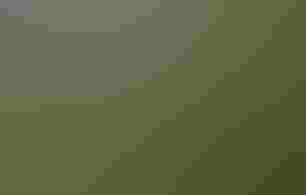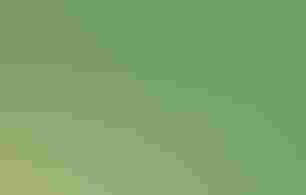
Doing a little prep and research before you go to the nursery will save headaches and ensure you build the best habitat possible.

May not be native
Use LocationThis tall shrub gets its name from its uniquely paired flowers and berries, and also goes by the names Black Twinberry, Twinberry Honeysuckle, and Bearberry Honeysuckle. It is a perennial, deciduous shrub with shiny, opposite leaves and pairs of tubular yellow flowers on red stems. The flowers provide nectar for hummingbirds while its black berries are eaten by various other birds. The shrub can grow in full sun to shade, in moist to wet soils, and can tolerate air pollution and absorb toxins, which may make the berries slightly poisonous to humans if ingested.

Doing a little prep and research before you go to the nursery will save headaches and ensure you build the best habitat possible.

Bird-friendly landscaping provides food, saves water, and fights climate change.

Got questions? We have answers.